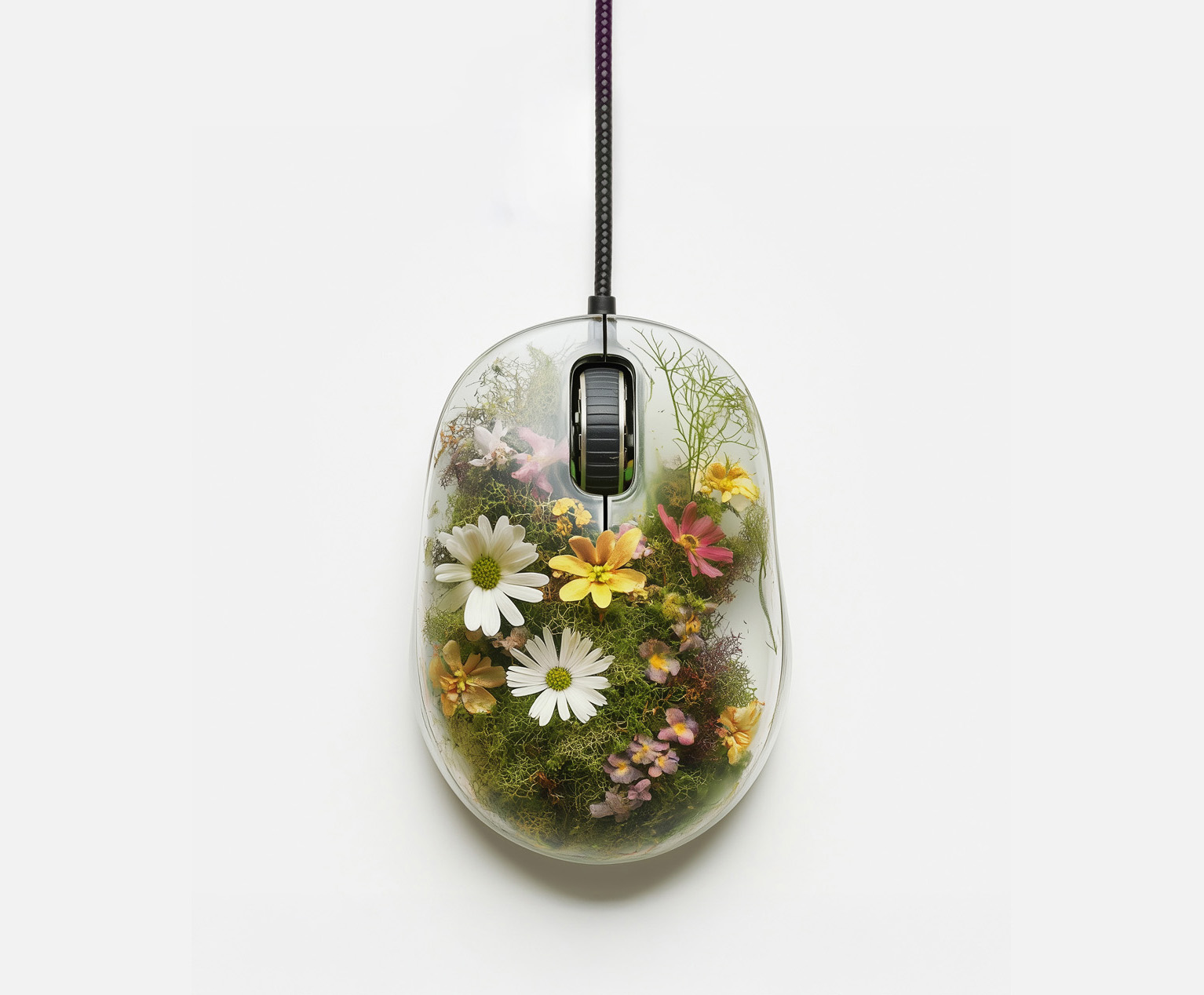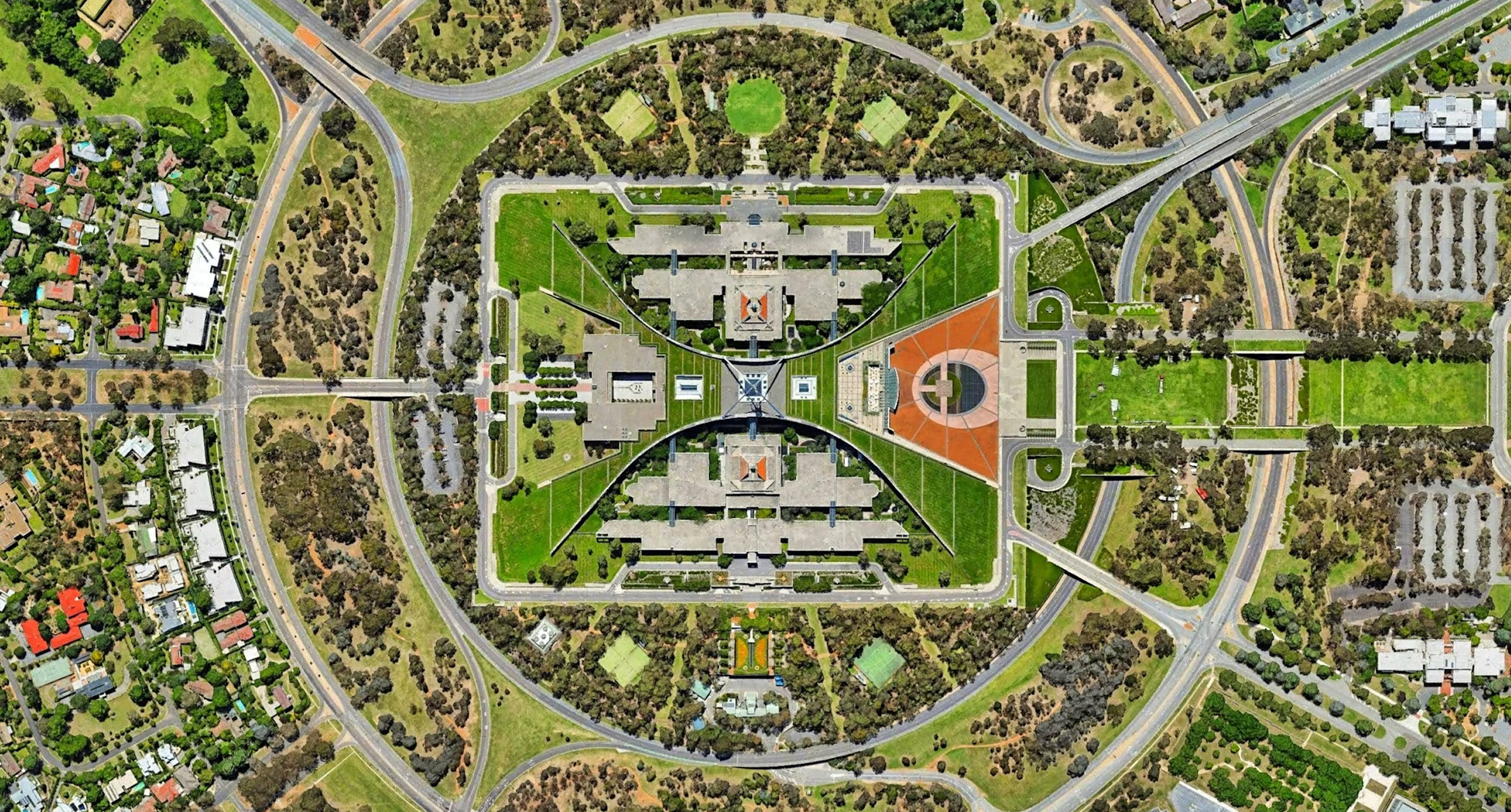
Newsletter
Designing invisible interfaces
By
—
19
Oct
2023
Natural interaction
With all the buzz around artificial intelligence, and more specifically machine learning, new models of interaction are beginning to emerge. This is particularly evident with the recent announcement of Apple’s Vision Pro.
And while there’s much to be said about the technical achievements of Apple’s new product, perhaps its most redeeming quality is the new interaction paradigm it represents. Beyond the headset (and battery pack), you’ll find a thoughtful implementation of spatial computing, a long-awaited evolution in HCI.
Advances in spatial computing have been limited more by form factor than technology. But with the advent of machine learning, spatial computing has the potential to untether us from our screens. So much so that it's a little unfortunate that the best example of this paradigm shift comes in the form of a headset.
Still, there are some impressive innovations associated with this product, especially when viewed through the lens of digital design. Beyond immersive entertainment, the beauty of the Vision Pro lies in its support for natural interactions.
Recently, our team set out to investigate Apple's guiding principles for this new paradigm. While we’ve explored natural interactions with some of our clients, we’ve been unable to share these results due to our NDAs. Apple’s Spatial Design Guidelines provide a great introduction and framework to continue exploring what's possible.
Below are a few of our thoughts on natural interactions, along with some of our own explorations in this emerging space.
Be sure to sign up for our newsletter to learn more!











































